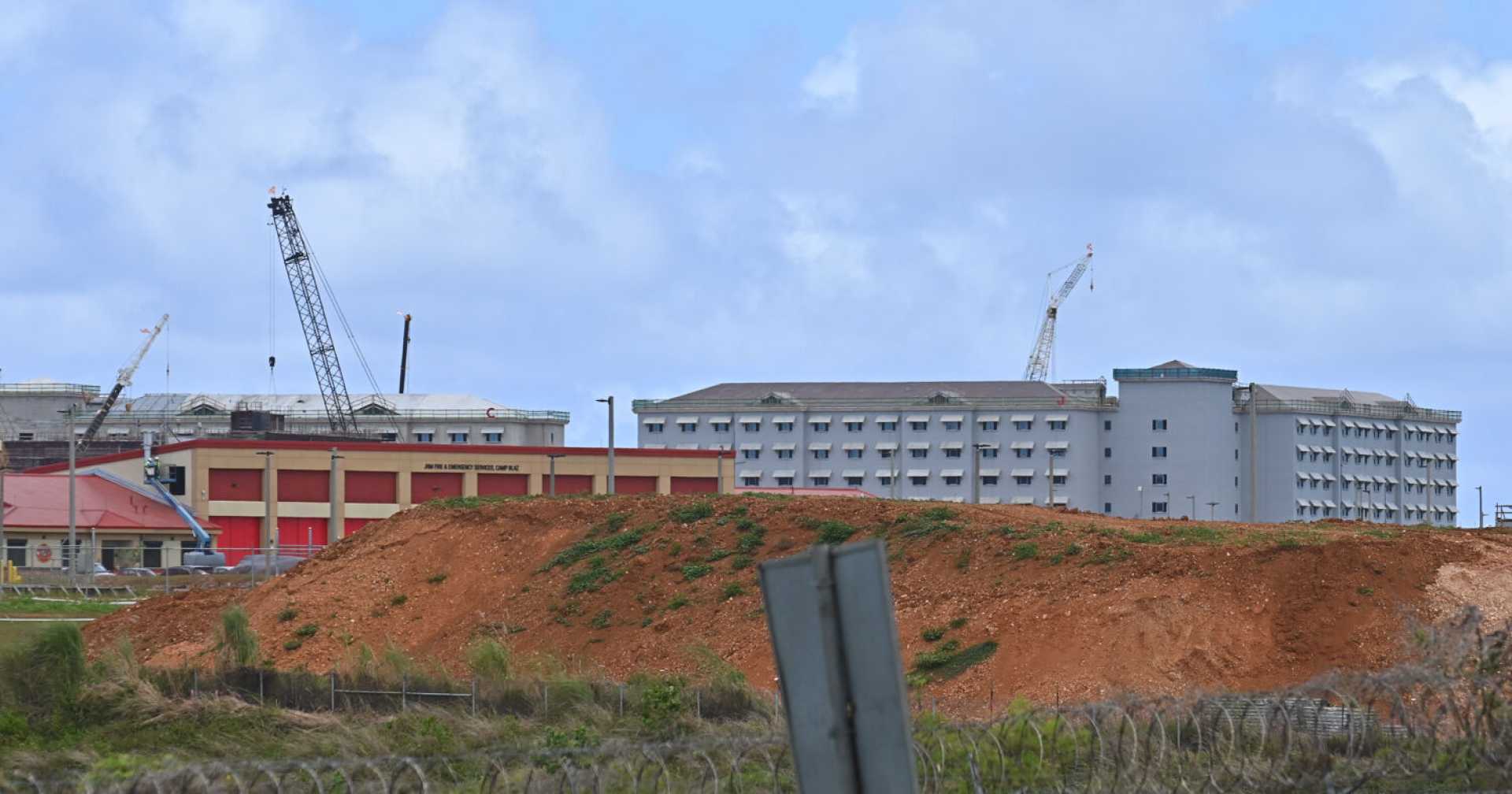News
U.S. Military Buildup in Guam Raises Housing Costs for Locals

HAGÅTÑA, Guam — The ongoing U.S. military buildup in Guam is leading to rising housing costs for local residents. Thousands of Marines are relocating to the island as part of heightened military presence in the Pacific, primarily due to tensions with China.
Guam houses two major military bases, and plans are underway to move approximately 5,000 Marines from Okinawa to the territory. About 100 Marines have already arrived, further straining the local housing market, as additional personnel, civilian contractors, and support teams also join them.
Roy Gamboa, a veteran and local resident, shared that while some view the military expansion as a job creator, it remains a double-edged sword for many long-time island residents. “For some people, it’s been a godsend because it created some jobs. To others, it maybe created some problems,” Gamboa said at a recent veteran gathering.
As military personnel settle in, the housing demand has surged, leading to higher costs in an already limited rental market. Many locals, including young workers like Tori Manley, are struggling to keep up. Manley, 29, works for the National Park Service and notes that finding affordable housing is a continuous challenge.
“I had a full-time job. I went to school, and then it was too cramped for me to really stay in the house,” she said, reflecting on her past living conditions.
Local activists like Michael Bevacqua emphasize the lack of representation and power for Guam’s residents when it comes to military policies. “We lack that fundamental sovereignty,” he said, expressing concerns over military decisions being made without local input.
Rear Admiral Brett Mietas, who oversees Department of Defense operations in the Mariana Islands, acknowledges these concerns. He highlighted ongoing meetings with the governor to ensure local feedback is integrated into plans for housing and community support.
“We don’t ever go more than about 90 days without sitting down with the governor and her team and talking about where we are,” Mietas said. He indicated that the military understands the housing challenges and is exploring innovative solutions.
The economic influence of the military on Guam is substantial, with federal spending accounting for over 40% of the island’s GDP, significantly bolstering local businesses. Some, like local dive shop owner Jim Pinson, see military personnel as pivotal to their operations.
“Our real tourism market right now is the military and the contractors,” Pinson stated, underscoring the positive economic effects military spending has on local commerce.
As Guam navigates the challenges posed by rising housing costs amidst military expansion, community leaders and residents hope for continued dialogue to address their needs and concerns.












